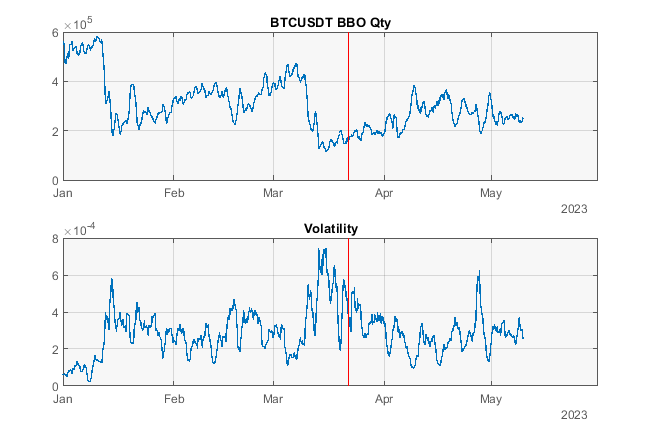Two of the biggest market-making firms in the crypto industry, Jane Street Group and Jump Crypto, are reportedly scaling back their trading activities in the US due to increased regulatory pressure. This move comes amidst ongoing regulatory uncertainty in the US by the Securities and Exchange Commission (SEC), which has made it difficult for firms to operate in the market.
Is A Crypto Selloff Imminent?
Jane Street Group, a major player in markets such as exchange-traded funds (ETFs) and corporate bonds, has decided to limit its global crypto ambitions due to the regulatory environment. Similarly, Jump Crypto, the digital assets arm of Jump Trading, is withdrawing from the US market for similar reasons.
While both firms are still making markets in crypto on a smaller scale, they have decided to reduce their exposure to the US market. With that said, will this move impact the industry as rumored, as the two firms hold a combined $4.1 billion in crypto assets, and have they had a part in the recent downtrend that Bitcoin has recently experienced?
The below chart shared by the liquidity provider under the pseudonym “Macro Cephalopod” shows the average quoted size at best bid offer (BBO) for Binance (in USDT) plotted with volatility, highlighting an interesting trend in the cryptocurrency market.
Despite the ongoing regulatory uncertainty and the recent decision by market-making firms Jane Street Group and Jump Crypto to scale back their trading activities in the US, there has been little change in the average quoted size at BBO for Binance BTCUSDT since the beginning of April.

The main determinant of the top-of-book size appears to be volatility, with market makers quoting smaller when volatility goes up and quoting bigger when it drops. This suggests that market makers are still active in cryptocurrency and adjusting their quotes based on market conditions.
Furthermore, Conor Ryder, a researcher at Kaiko, has weighed in on the recent speculation surrounding the BTC premium on Binance US. He suggests that there is likely no big market maker pulling funds (Jane Street-Jump Crypto), as there has been no change in market depth on the exchange to support this theory.
Instead, Ryder believes the premium is more likely driven by Binance US offering slower USD withdrawal times due to struggles with banking partners. BTC has quicker withdrawal times and surging demand, leading to a premium on the exchange. He emphasizes the importance of looking at the data for context when considering rumors and theories.
Ryder also notes that Binance US has had issues with USD withdrawals since February, indicating that the exchange faces challenges in this area. He suggests that the premium on BTC is more likely due to a demand issue on an illiquid exchange struggling on the USD side.
However, the recent decision by Jane Street Group and Jump Crypto to scale back their trading activities in the US could have an impact on the market in the future. These firms are major players in the market-making space and their decision to reduce their exposure to the US market could lead to reduced liquidity and increased volatility.
The regulatory crackdown in the US has been triggered by the collapse of high-profile firms and projects in the crypto space, such as FTX and TerraUSD stablecoin. Regulators have targeted various aspects of the industry, including trading platforms, stablecoin issuers, and brokers. This has created an uncertain environment for crypto firms operating in the US, leading some to move offshore.
Featured image from Unsplash, chart from TradingView.com









